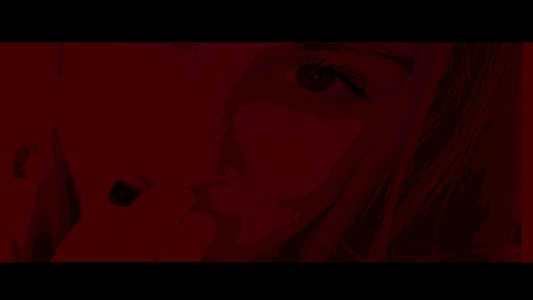In celebration of the 18th Philippine Eagle Week which starts from June 4 to 12. A reminder for us to be aware of the importance of its role in our ecosystem. Critically Endangered its population is estimated to be between 180 to 500. A majestic creature and National symbol in our country.
A Living Legend from the Skies

Known to be one of the largest and heaviest eagle in the world. With a measurement of 86 - 102 cm and weights 4.7 to 8 kgs. It's wingspan reaches up to 6.6 ft. The name monkey-eating eagle was changed to the Philippine Eagle in 1978 as a presidential decree. On the year 1995 it took the name as the National Bird of the Philippines replacing the Maya Bird.
With a dark face, brown feathers and ruffled feathers on its head gives it an image of the mane of a lion. Its yellow legs has powerful razor sharp claws. It has been said that with its features it gives it the look of a griffin.
They are native in the Philippine islands and are found in Samar, Leyte, eastern Luzon and the majority of the population inhabits Mindanao. Their territories include forests with elevated areas.
Tinuy-An
The name of this eagle on display an adult female who was rescued from a forest with injuries inflicted by poachers.
Upon it's death it was donated by the Philippine Eagle Foundation to the National Museum.
The size
99 cm in total length
50 cm tail length
56 cm wing chord
The name Tinuy-An is a Cebuano word that means "With intention"
The eagle was discovered by John White Whitehead in 1896. Thru its scientific discovery the name Monkey-Eating eagle was given as was thought to have only preyed on monkeys.
On display are the photos of the eagle's bone structure.
Gemma
This bird was collected by the National Museum and was named Gemma in honor of the director of the institution.
Adult female
108 cm total length
41 cm tail length
61 cm wing chord
11 cm tarsus length
It is a theory the birds have a shorter life expectancy out in the wilds. The estimated life span is 30 to 60 years. Captive eagles are documented to have lived up to 46 years old in captivity.
Factors include
- Deforestation
- Mining
- Pollution
- Exposure to pesticides
- Poaching
Since 1969 the conservation of the species has been an on going crusade. The first recorded hatchling in the Philippines was done thru artificial insemination in 1992. In 1999 the first naturally born eagle was produced.
Releasing back into the wild birds raised in captivity was also part of the program. In 2004 the first eagle named "Kabayan" was released into the wild in Mindanao. Unfortunately in 2005 he was electrocuted accidentally. In 2008 another eagle named "Kagsabua" was released tragedy has struck again when a farmer shot and ate the bird. Eagles injured by hunters are rescued and nursed back to health. In 2015 a recovered eagle was released but after just two months it was shot again and unfortunately killed this time.
The law mandates that killing of endangered species is punishable by jail time of 6-12 years and a heavy fine of one hundred thousand pesos to one million. That would be amounting to about $1900 to $19000.
The name Monkey-Eating Eagle was named as originally it was known that it only hunted and fed on monkeys. The name that was suggested was improper as they also feed on birds, snakes, lizards, civets, and flying lemurs. They are known to have also preyed upon small pigs, deer and even dogs. It's diet consist of of animals which are abundant in an island.
Hunting in pairs is one of the methods used which proves to be very effective. One of the birds distracts the prey and the other one attacks from behind. A silent and deadly attack which seals the fate of its prey. Although at times they tend to confront monkeys with their same size. A struggle that often causes injury to the eagle.
It's conservation started with the Monkey-Eating Eagle Conservation Program and led to the development of the Philippine Eagle Foundation. The government DENR(Department of Environment and Natural Resources) works together hand in hand with Haribon Foundation a pioneer NGO and private sectors on the crusade to save the Philippine Eagle from extinction.
In saving these magnificent creatures there are a lot of ways to help. Thru support, donations, education and one way is raising awareness thru various social media platforms. I hope I have reached thru somehow in making the cries heard of the Living Legend from the Skies.
Source and Resources
Philippine eagle
Beauty of Birds
2018 Philippine Eagle Week
Photos are original and shot from the
National Museum of Natural History

Follow @surpassinggoogle to witness an extraordinary person in this platform and vote for @steemgigs as witness
Discovering exceptional content in the community follow @curie and vote as witness
To have a glimpse of awesome content from the Philippines check out @bayanihan
See unique culture from around the world and join the challenge thru #culturevulture by @eroche
All photos are original and taken with
Lumix GX85 and 12-32 mm


.gif)


Lumix GX85 and 12-32 mm


.gif)
















